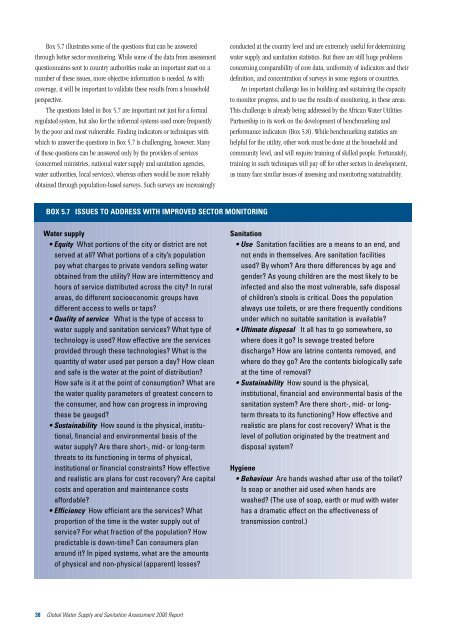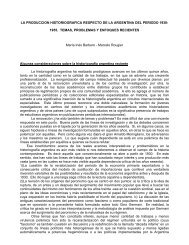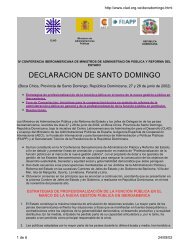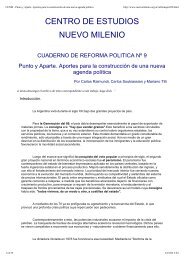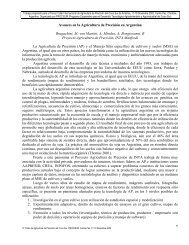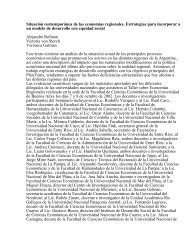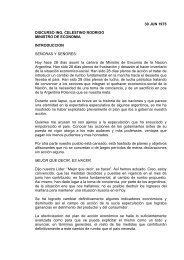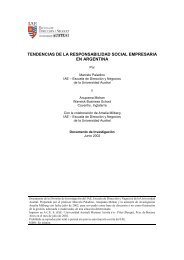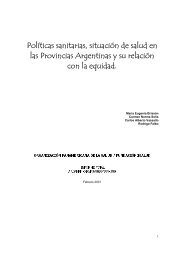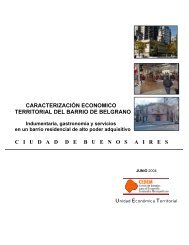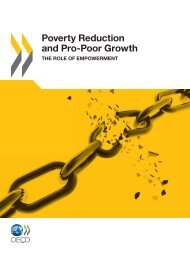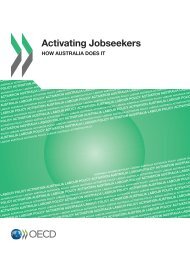Jose Hueb book 11.1
Jose Hueb book 11.1
Jose Hueb book 11.1
You also want an ePaper? Increase the reach of your titles
YUMPU automatically turns print PDFs into web optimized ePapers that Google loves.
Box 5.7 illustrates some of the questions that can be answered<br />
through better sector monitoring. While some of the data from assessment<br />
questionnaires sent to country authorities make an important start on a<br />
number of these issues, more objective information is needed. As with<br />
coverage, it will be important to validate these results from a household<br />
perspective.<br />
The questions listed in Box 5.7 are important not just for a formal<br />
regulated system, but also for the informal systems used more frequently<br />
by the poor and most vulnerable. Finding indicators or techniques with<br />
which to answer the questions in Box 5.7 is challenging, however. Many<br />
of these questions can be answered only by the providers of services<br />
(concerned ministries, national water supply and sanitation agencies,<br />
water authorities, local services), whereas others would be more reliably<br />
obtained through population-based surveys. Such surveys are increasingly<br />
BOX 5.7 ISSUES TO ADDRESS WITH IMPROVED SECTOR MONITORING<br />
Water supply<br />
• Equity What portions of the city or district are not<br />
served at all? What portions of a city’s population<br />
pay what charges to private vendors selling water<br />
obtained from the utility? How are intermittency and<br />
hours of service distributed across the city? In rural<br />
areas, do different socioeconomic groups have<br />
different access to wells or taps?<br />
• Quality of service What is the type of access to<br />
water supply and sanitation services? What type of<br />
technology is used? How effective are the services<br />
provided through these technologies? What is the<br />
quantity of water used per person a day? How clean<br />
and safe is the water at the point of distribution?<br />
How safe is it at the point of consumption? What are<br />
the water quality parameters of greatest concern to<br />
the consumer, and how can progress in improving<br />
these be gauged?<br />
• Sustainability How sound is the physical, institutional,<br />
financial and environmental basis of the<br />
water supply? Are there short-, mid- or long-term<br />
threats to its functioning in terms of physical,<br />
institutional or financial constraints? How effective<br />
and realistic are plans for cost recovery? Are capital<br />
costs and operation and maintenance costs<br />
affordable?<br />
• Efficiency How efficient are the services? What<br />
proportion of the time is the water supply out of<br />
service? For what fraction of the population? How<br />
predictable is down-time? Can consumers plan<br />
around it? In piped systems, what are the amounts<br />
of physical and non-physical (apparent) losses?<br />
38 Global Water Supply and Sanitation Assessment 2000 Report<br />
conducted at the country level and are extremely useful for determining<br />
water supply and sanitation statistics. But there are still huge problems<br />
concerning comparability of core data, uniformity of indicators and their<br />
definition, and concentration of surveys in some regions or countries.<br />
An important challenge lies in building and sustaining the capacity<br />
to monitor progress, and to use the results of monitoring, in these areas.<br />
This challenge is already being addressed by the African Water Utilities<br />
Partnership in its work on the development of benchmarking and<br />
performance indicators (Box 5.8). While benchmarking statistics are<br />
helpful for the utility, other work must be done at the household and<br />
community level, and will require training of skilled people. Fortunately,<br />
training in such techniques will pay off for other sectors in development,<br />
as many face similar issues of assessing and monitoring sustainability.<br />
Sanitation<br />
• Use Sanitation facilities are a means to an end, and<br />
not ends in themselves. Are sanitation facilities<br />
used? By whom? Are there differences by age and<br />
gender? As young children are the most likely to be<br />
infected and also the most vulnerable, safe disposal<br />
of children’s stools is critical. Does the population<br />
always use toilets, or are there frequently conditions<br />
under which no suitable sanitation is available?<br />
• Ultimate disposal It all has to go somewhere, so<br />
where does it go? Is sewage treated before<br />
discharge? How are latrine contents removed, and<br />
where do they go? Are the contents biologically safe<br />
at the time of removal?<br />
• Sustainability How sound is the physical,<br />
institutional, financial and environmental basis of the<br />
sanitation system? Are there short-, mid- or longterm<br />
threats to its functioning? How effective and<br />
realistic are plans for cost recovery? What is the<br />
level of pollution originated by the treatment and<br />
disposal system?<br />
Hygiene<br />
• Behaviour Are hands washed after use of the toilet?<br />
Is soap or another aid used when hands are<br />
washed? (The use of soap, earth or mud with water<br />
has a dramatic effect on the effectiveness of<br />
transmission control.)


